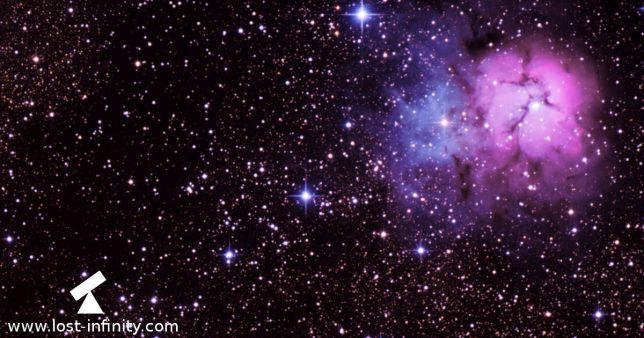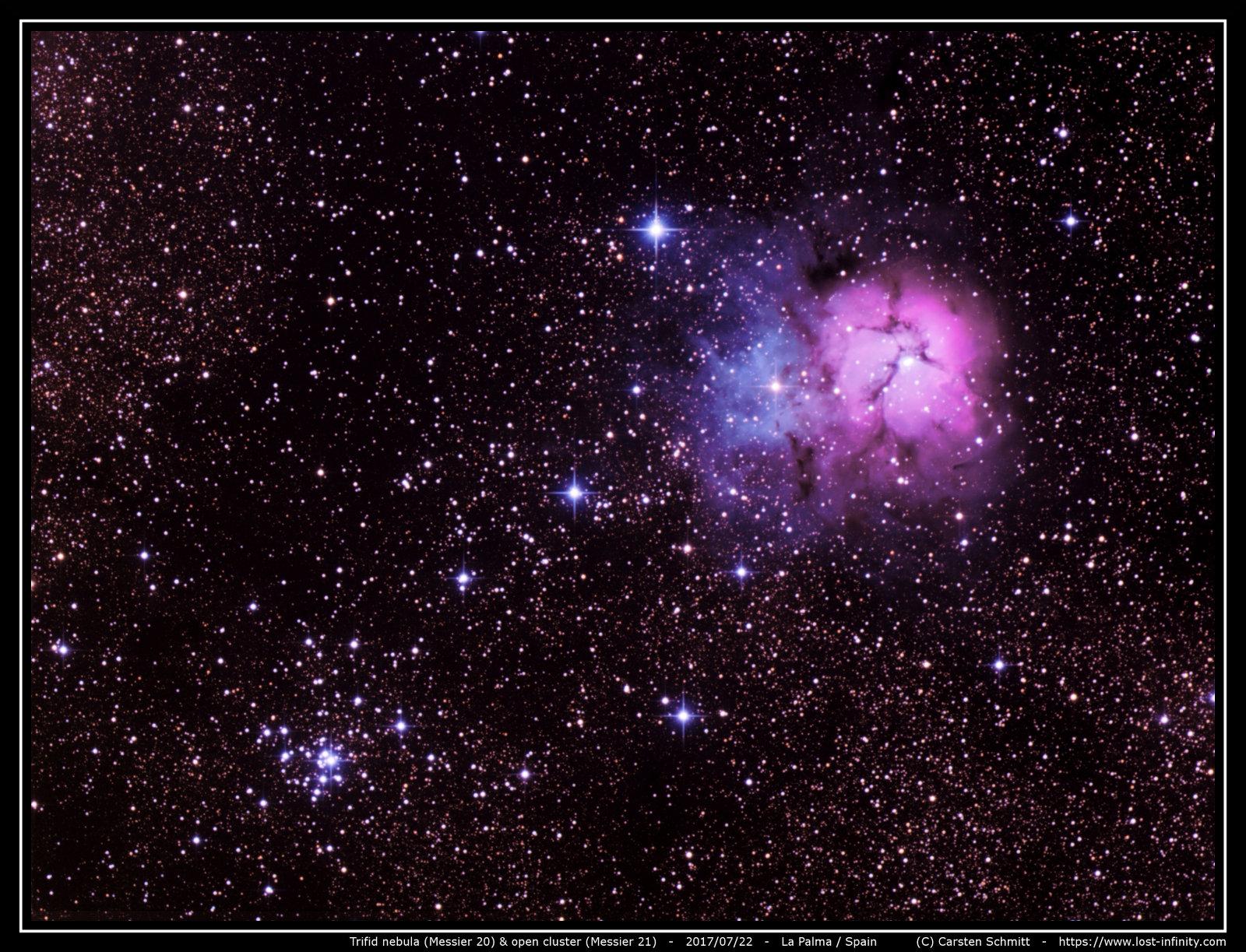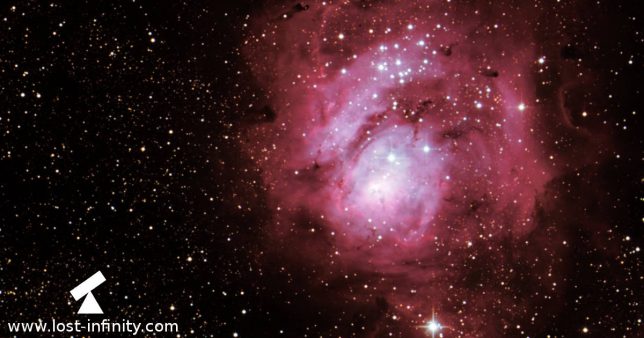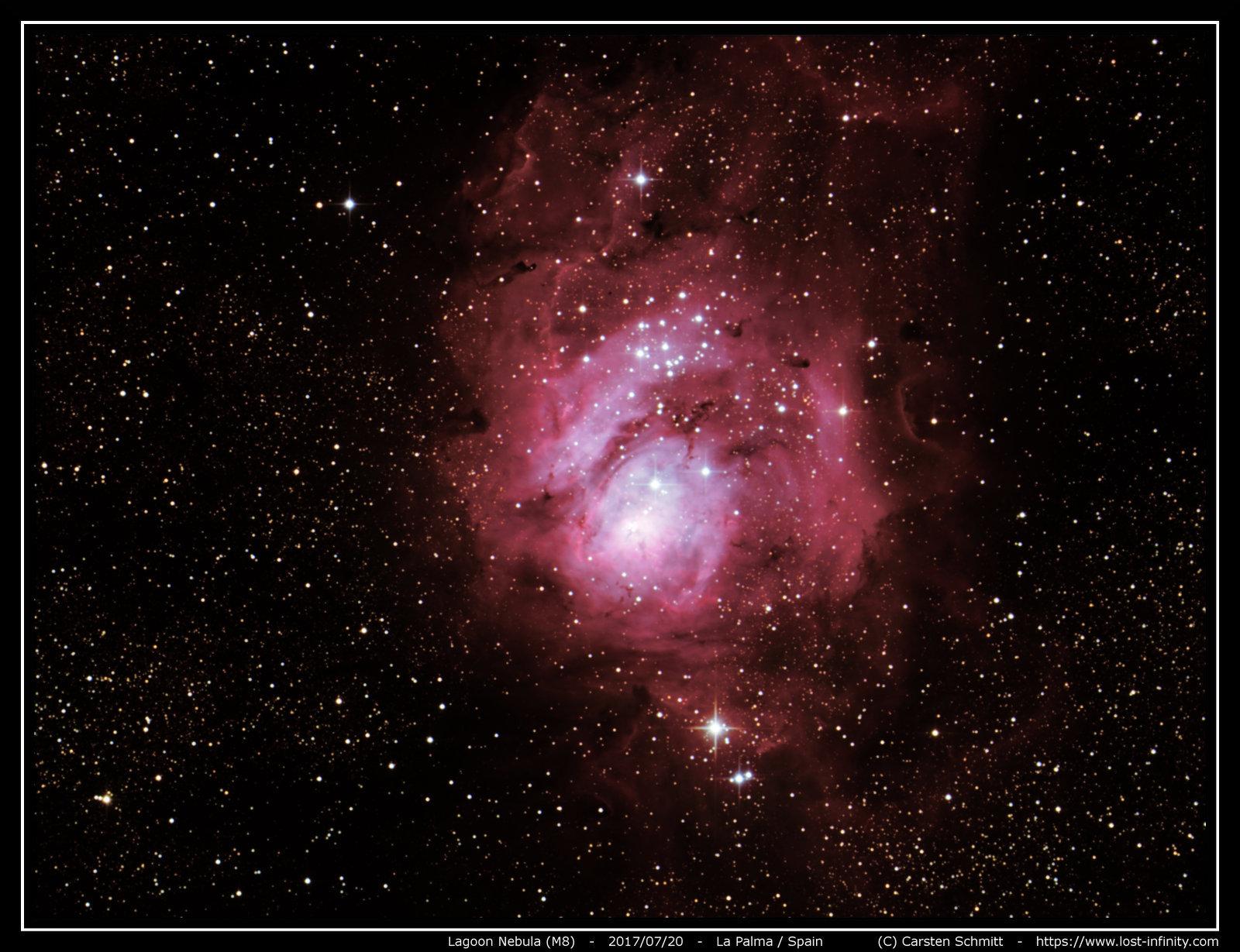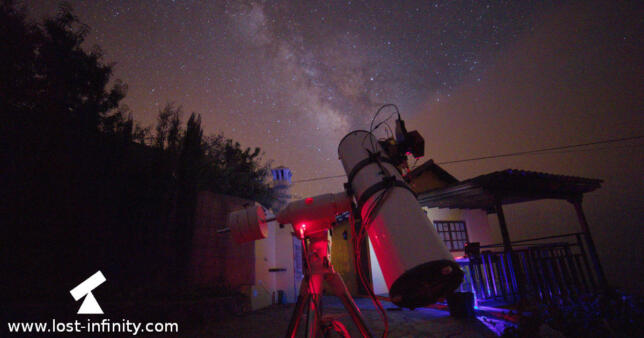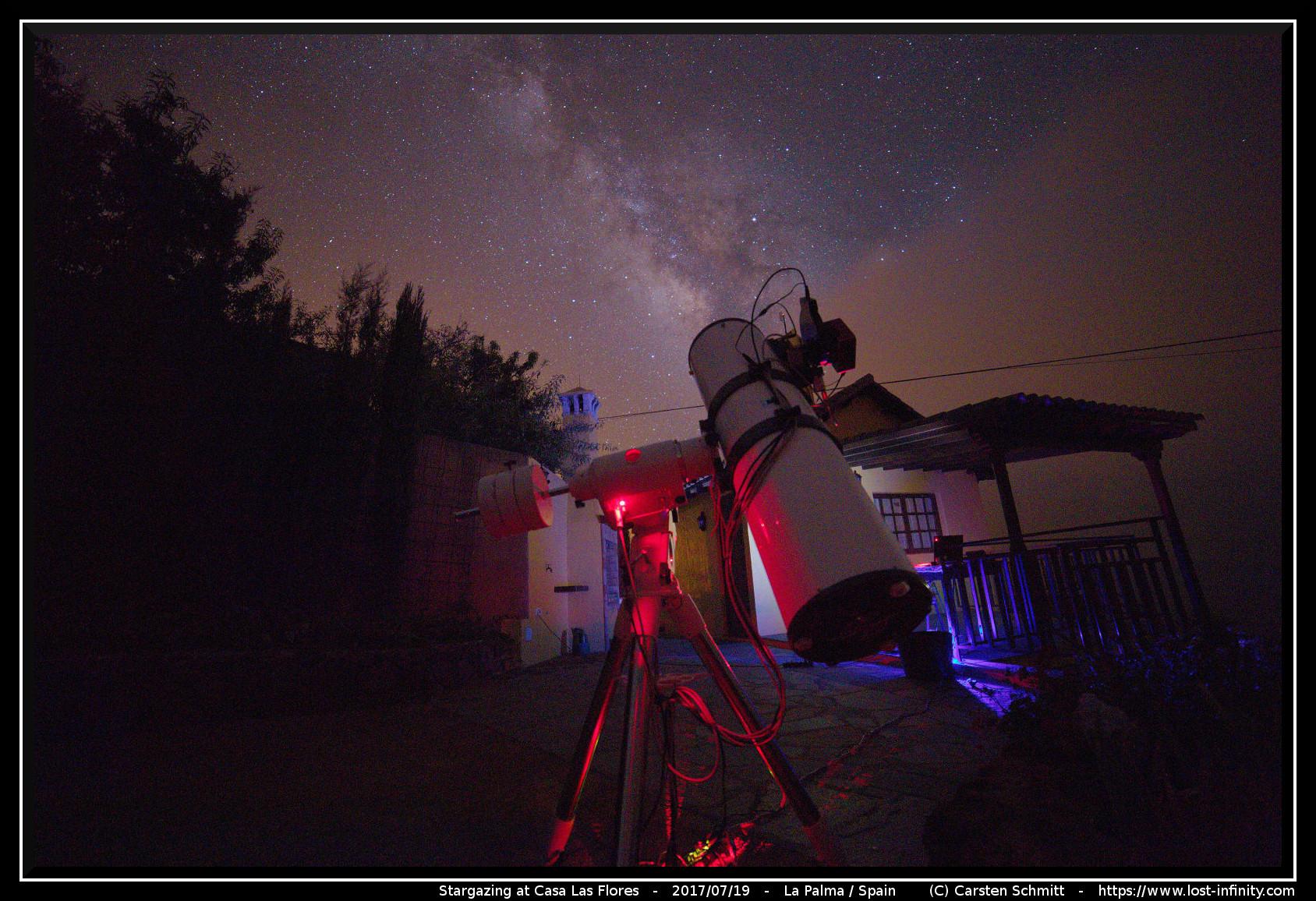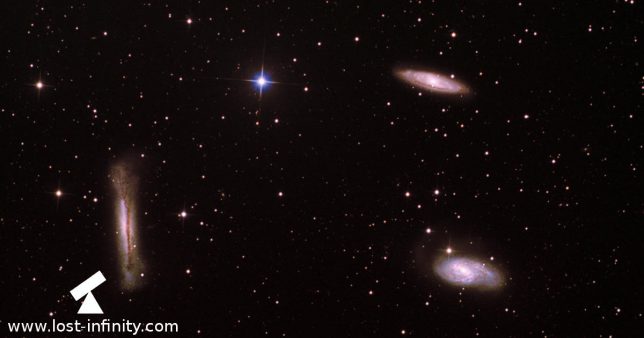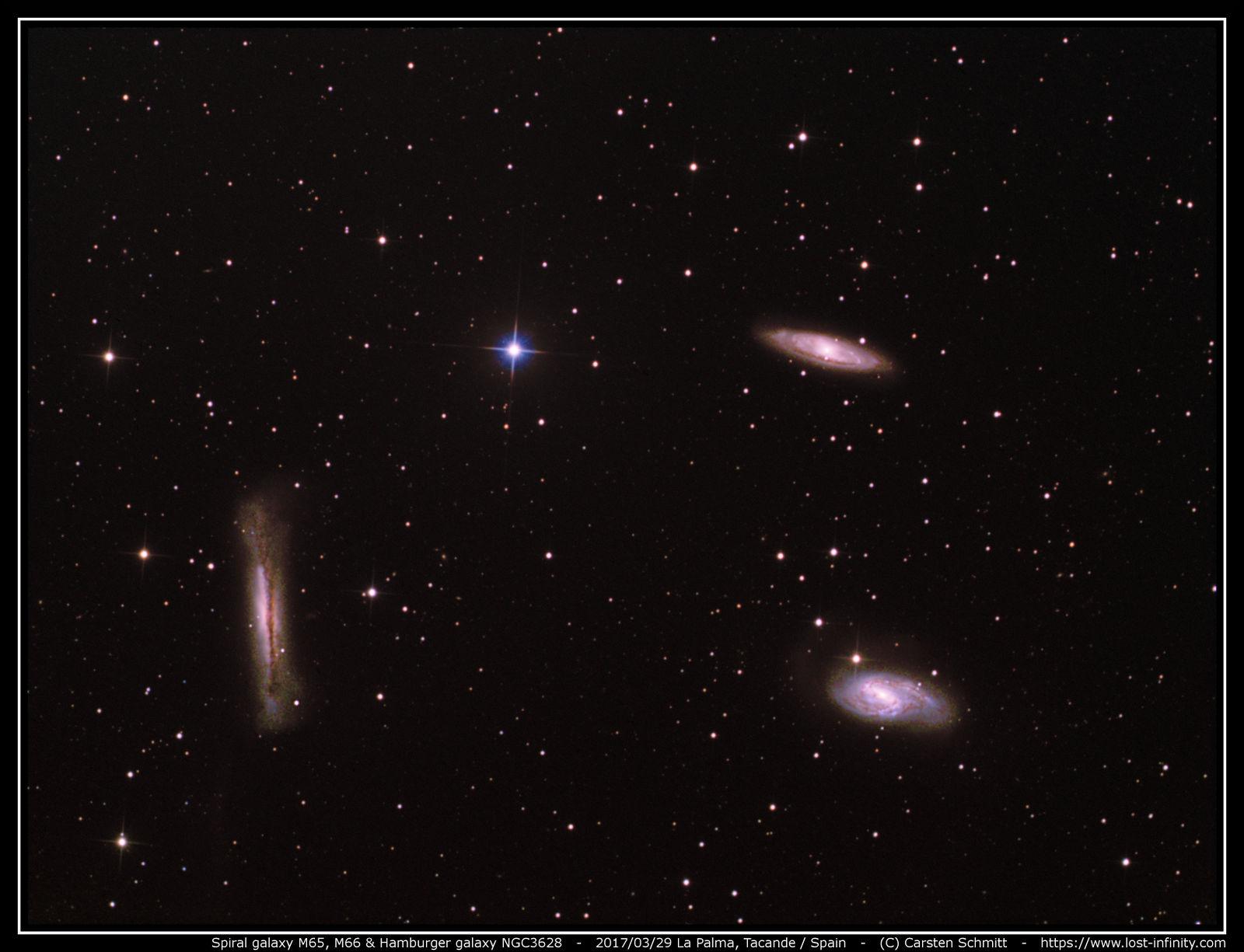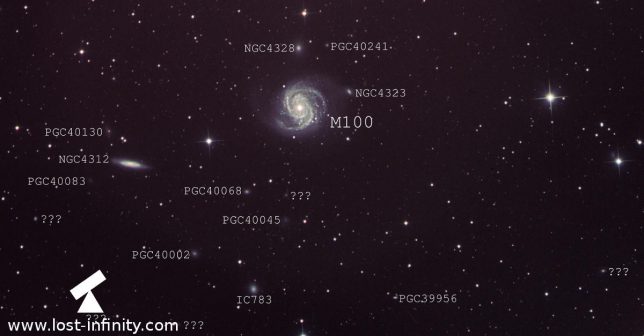 | Date | 2017/07/20 |
 | Location | La Palma / Spain |
 | Object | Trifid nebula (M20) & open cluster M21 |
 | Camera | Atik383L+ |
 | Guiding | yes, QHY5-II Mono via OAG |
 | Telescope | 8 |
 | Barlow lens | none |
 | Mount | EQ6Syntrek |
 | Cooling | -10°C |
 | Luminance | 8x 600s, bin: 1x1 |
 | Red | 7x 150s, bin: 2x2 |
 | Green | 7x 150s, bin: 2x2 |
 | Blue | 7x 150s, bin: 2x2 |
 | Dark | 2x |
 | Flat | 10x |
 | Total exposure | ~2h12m |
Tonight I decided to image the Trifid nebula (M20)
which is quite “close” to the Lagoon nebula M8 from my last session. The seeing tonight was around ~2.4″ which could have been better – but certainly it was still sufficient.
Back in 2013 I already imaged the Trifid nebula with the same equipment but from Boeblingen. It is interesting to see the difference here.
For post-processing I used the free software DeepSkyStacker and GIMP. The full resolution images is available here.
Clear skies!





























